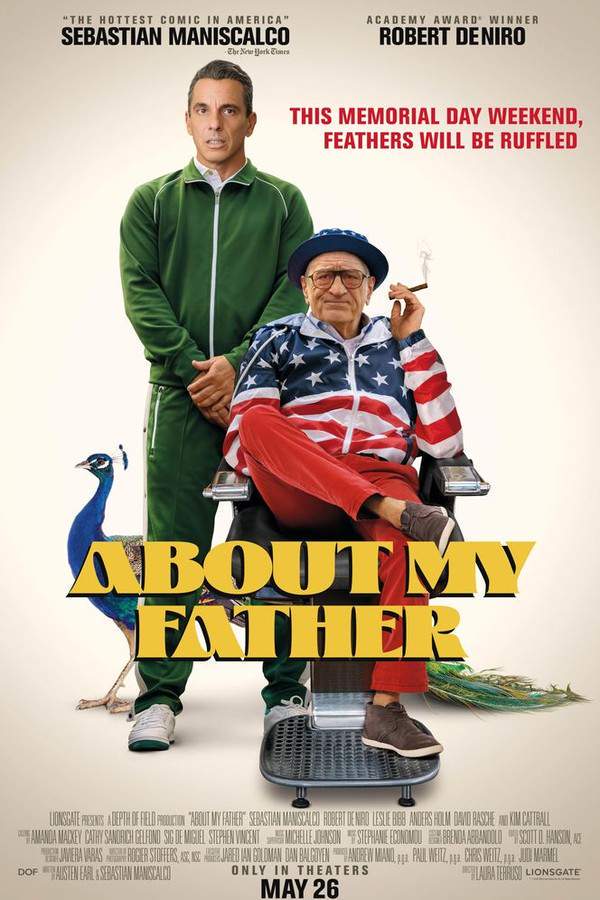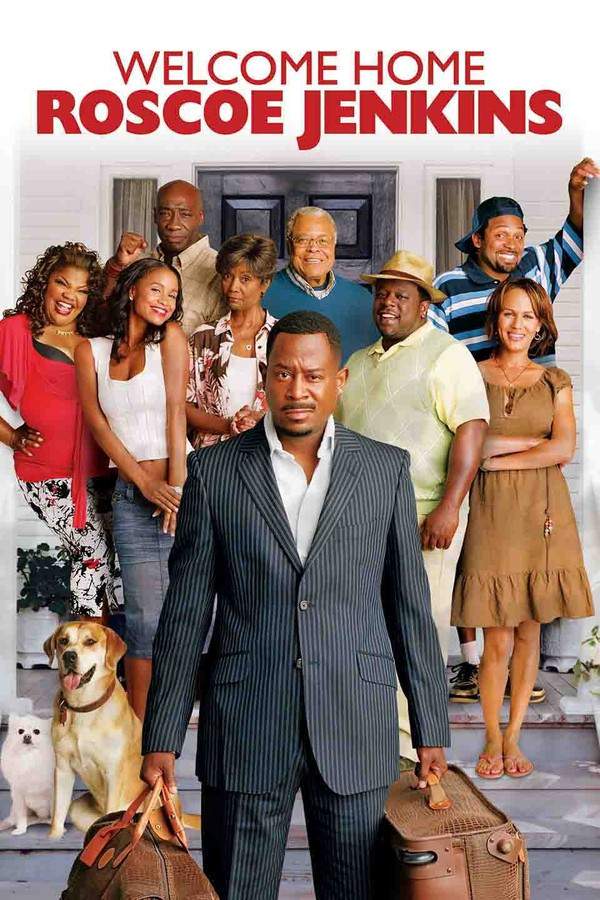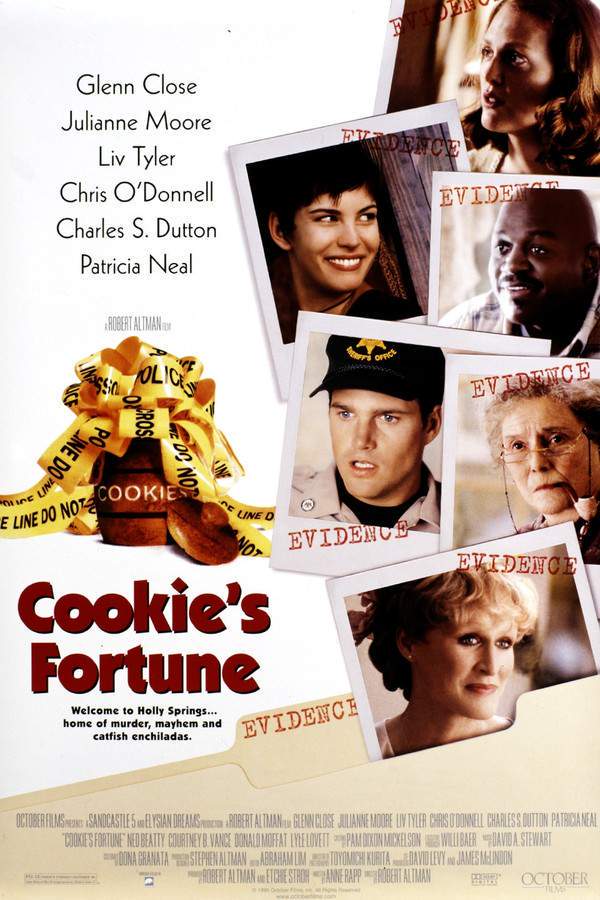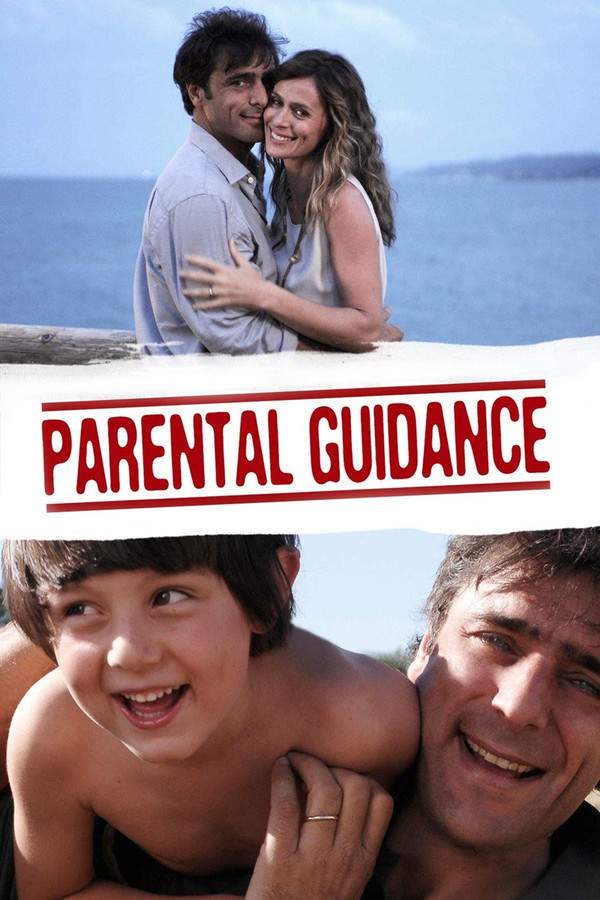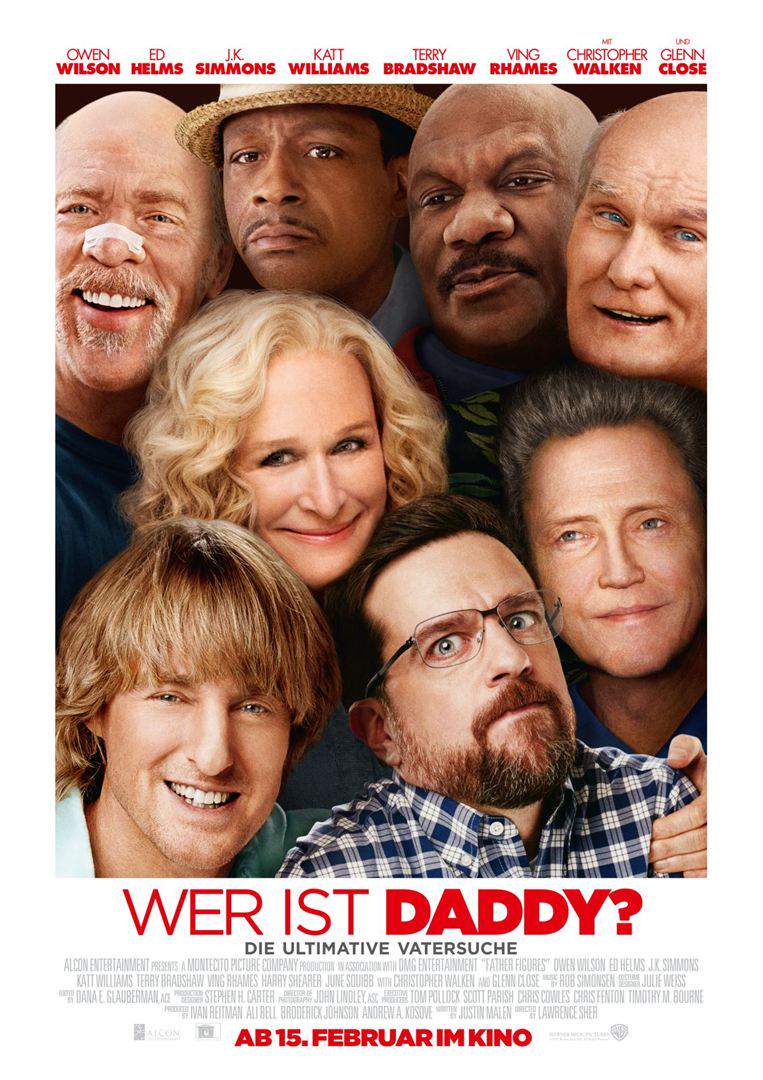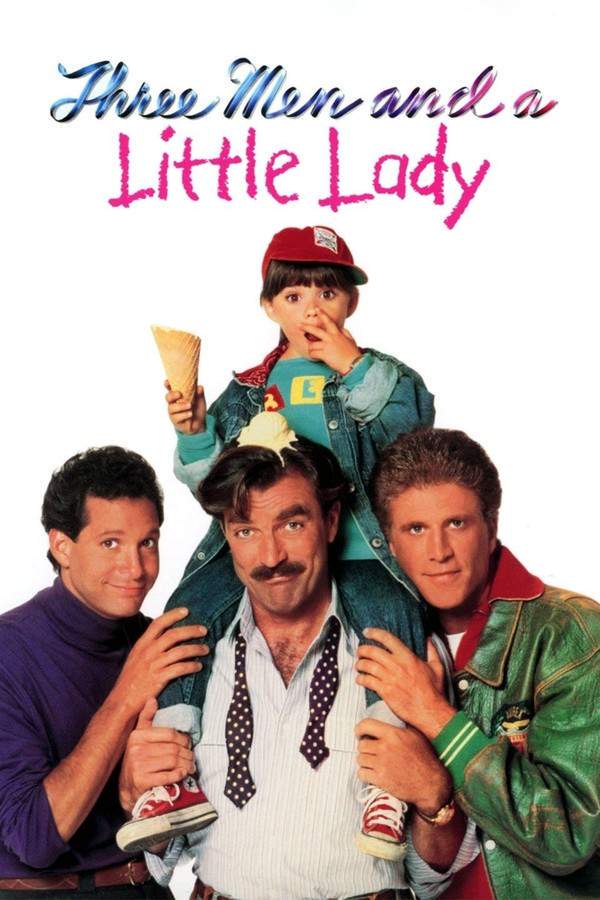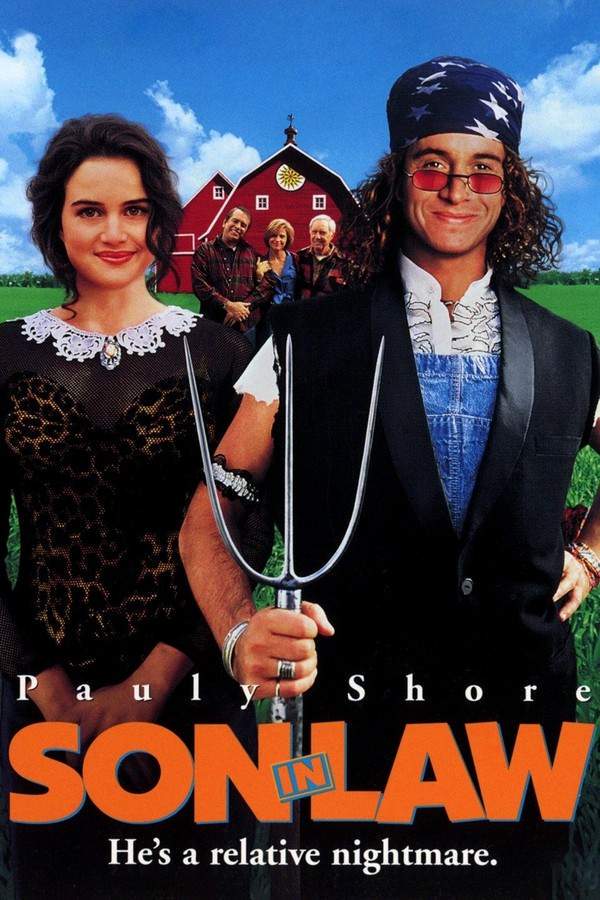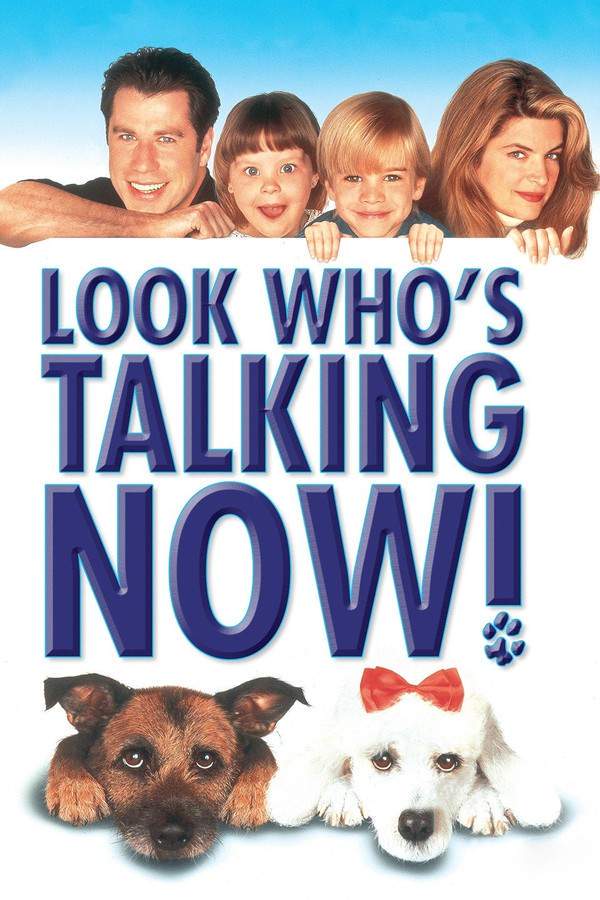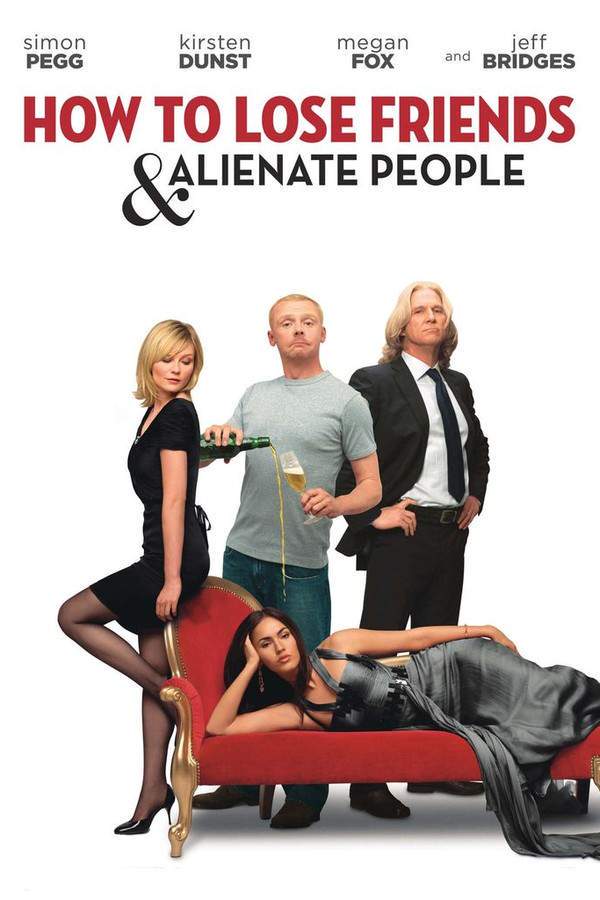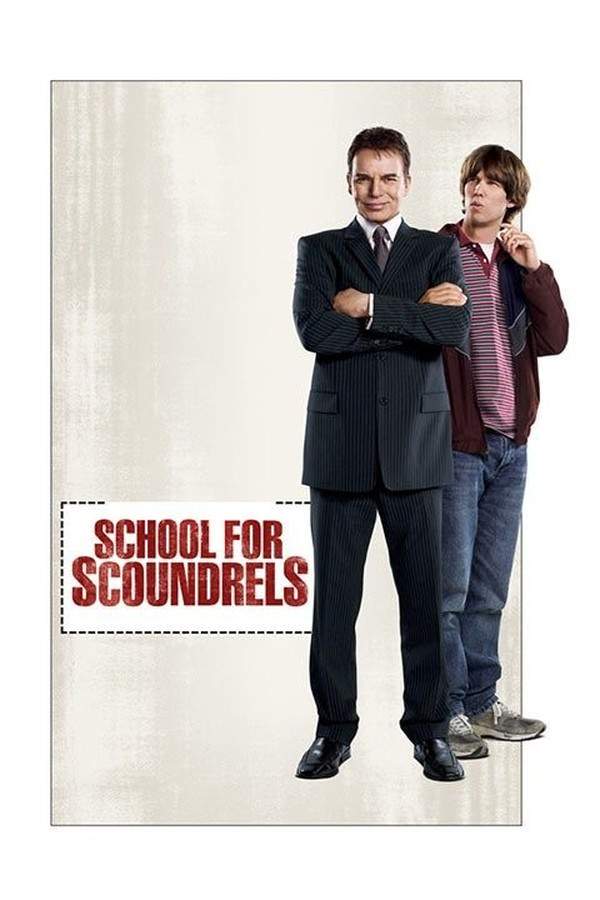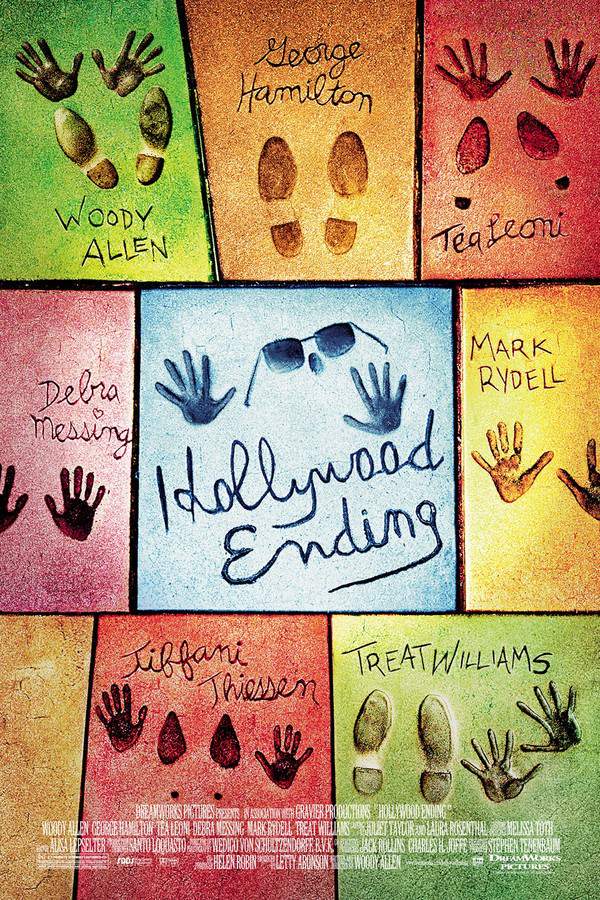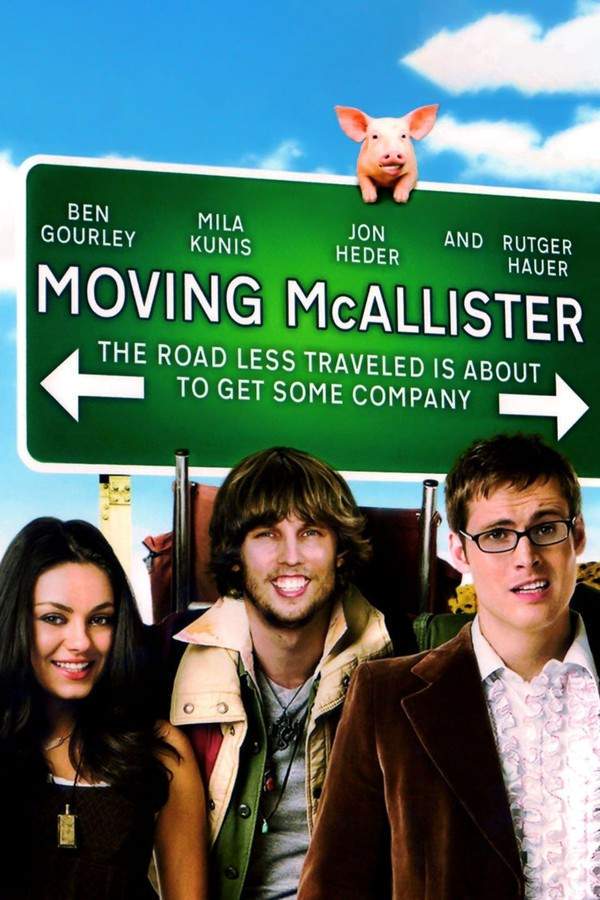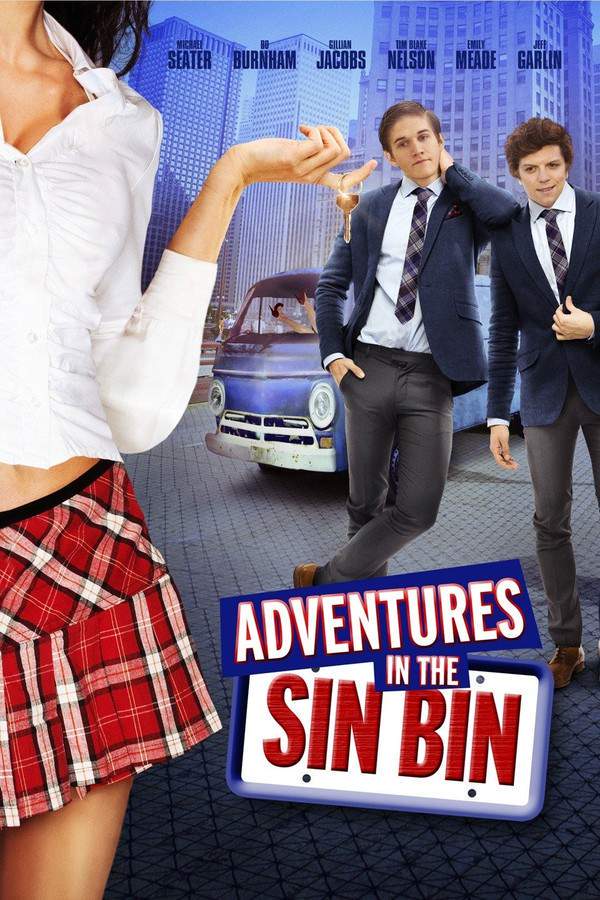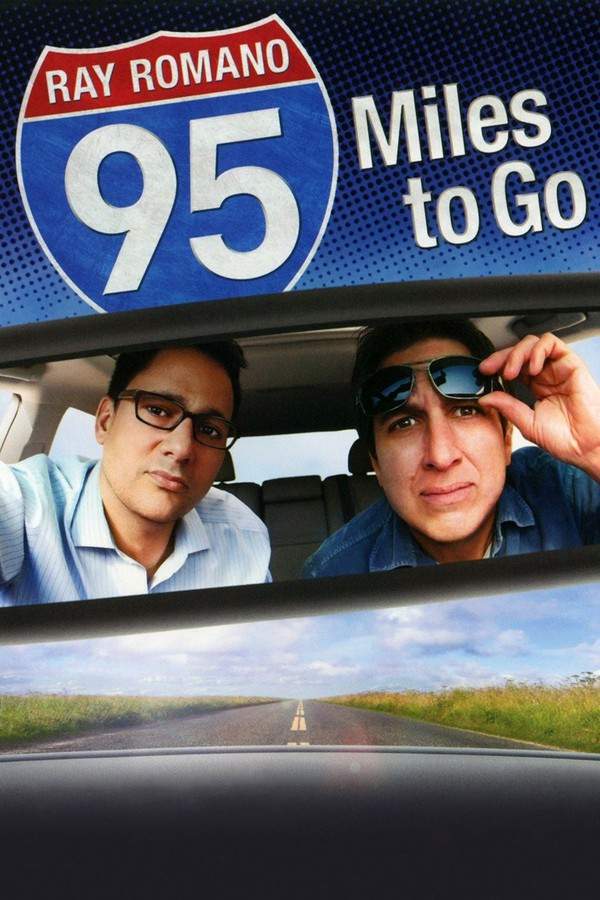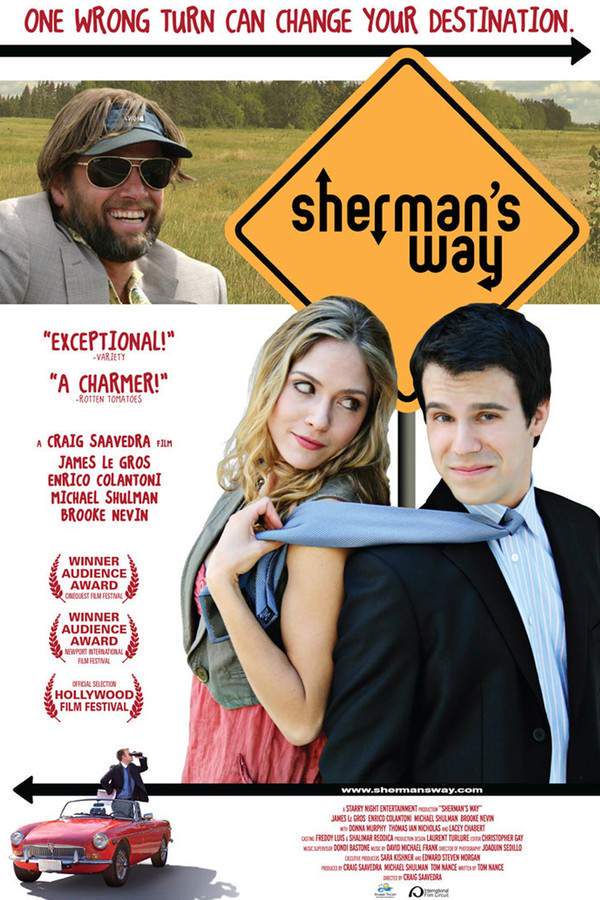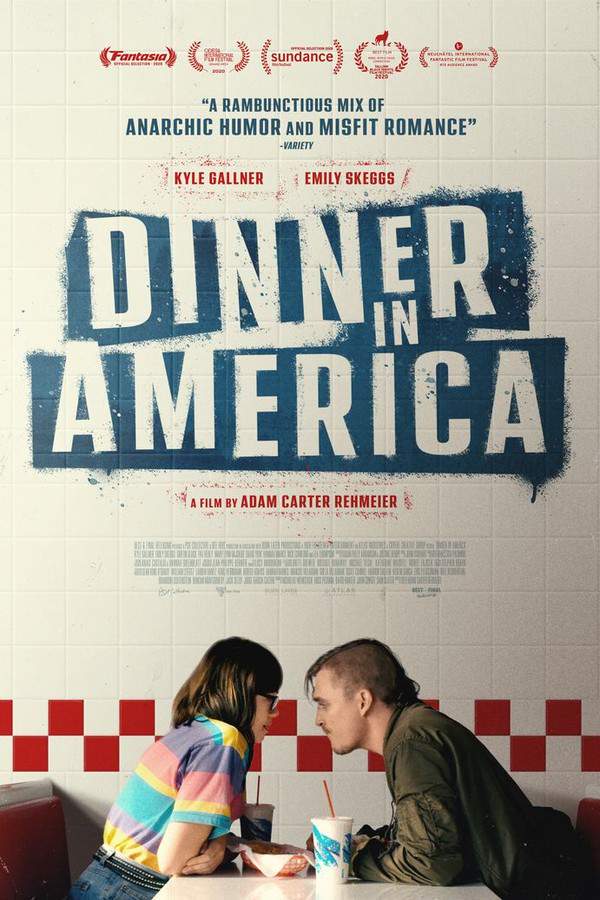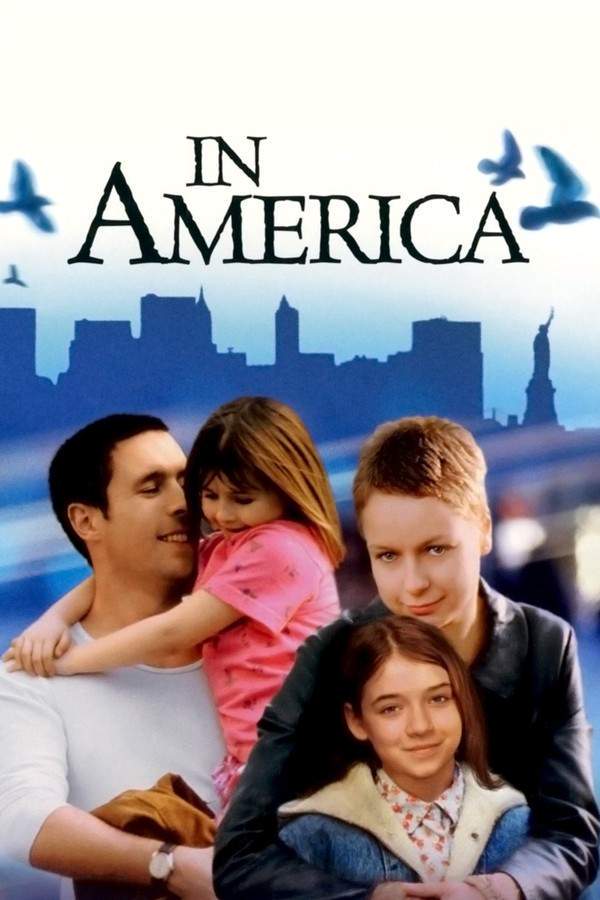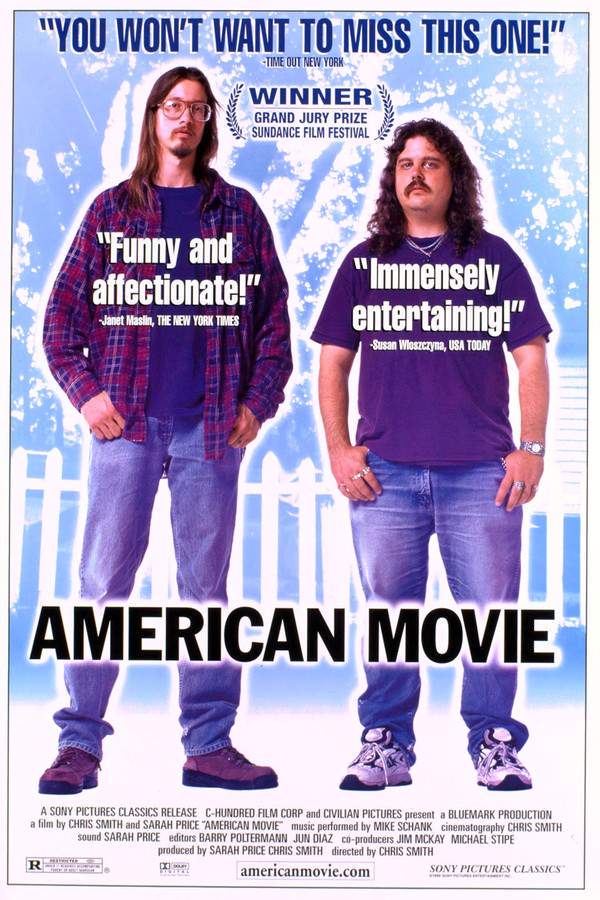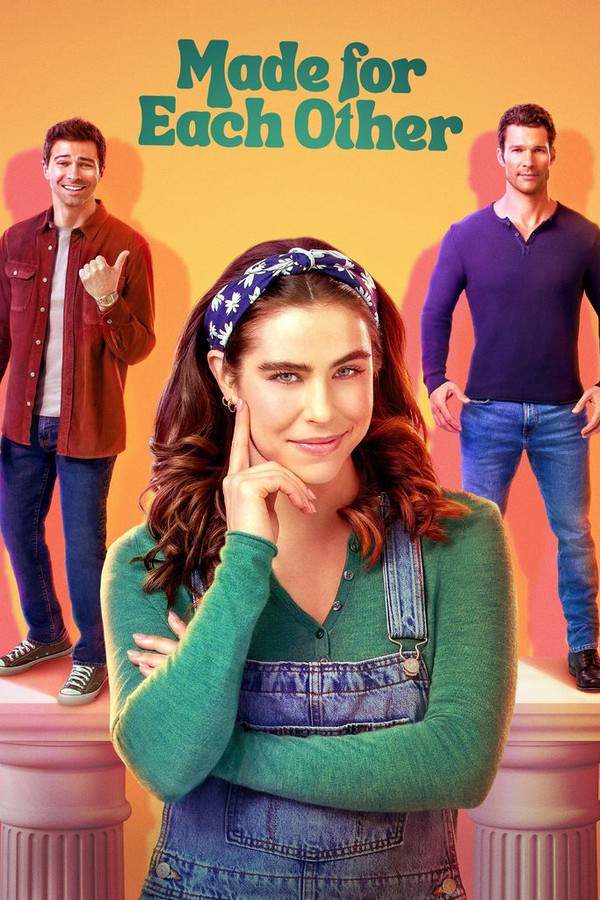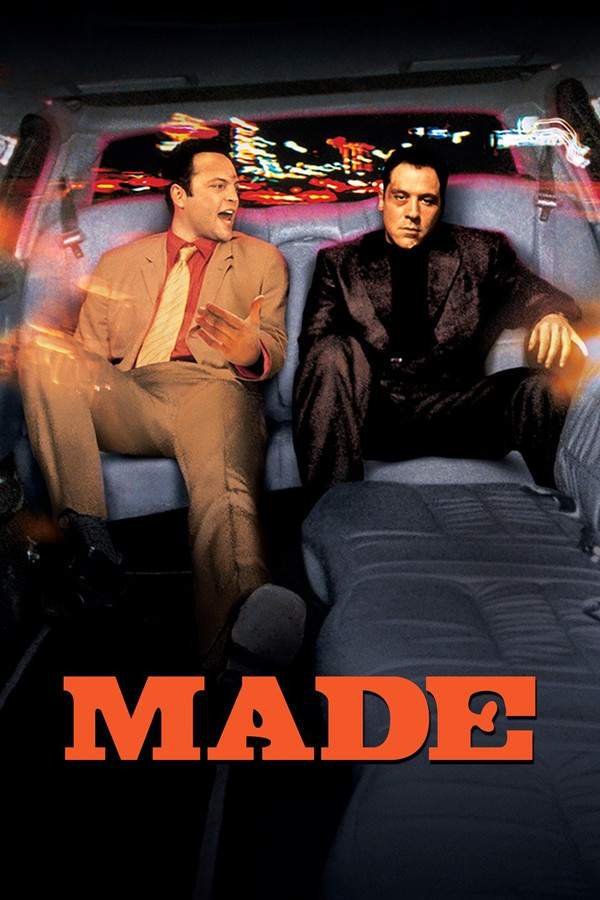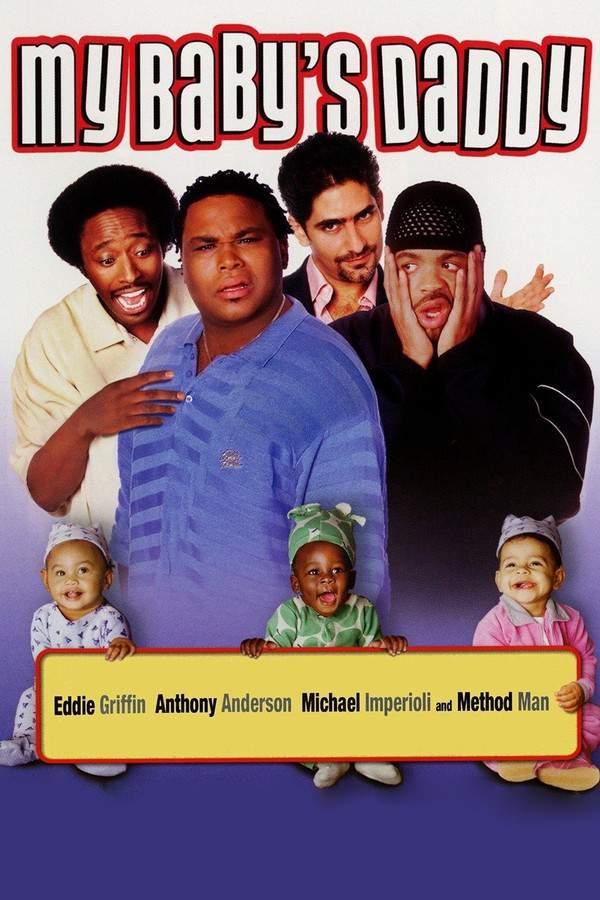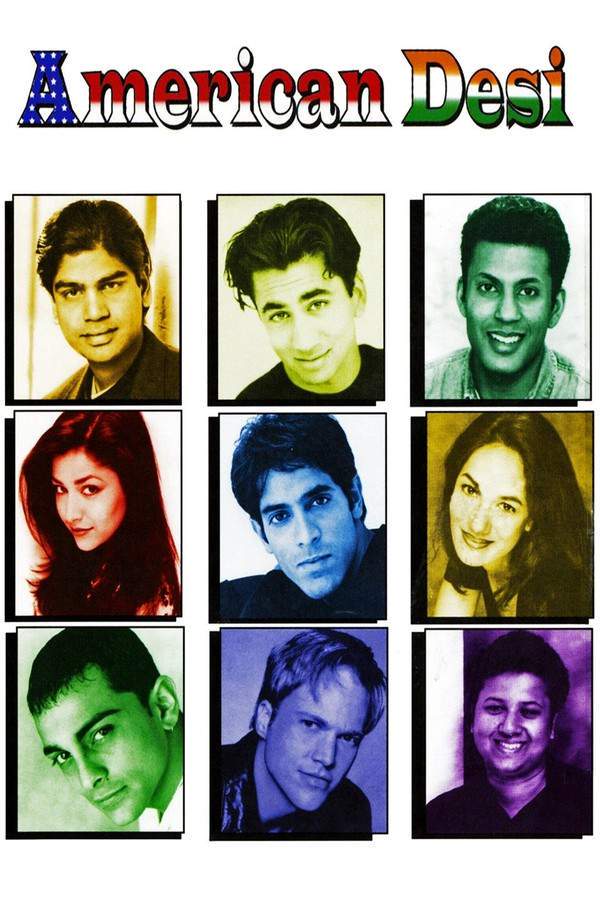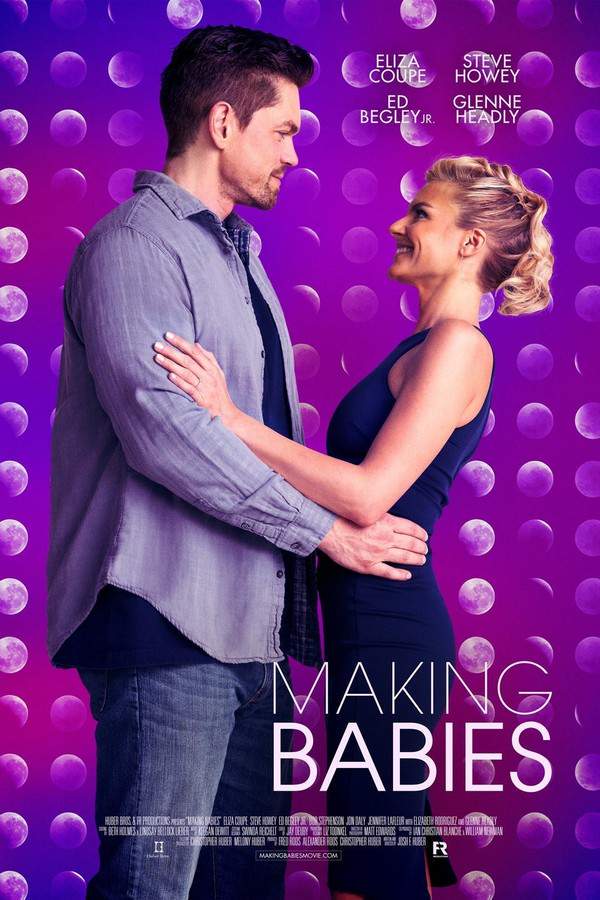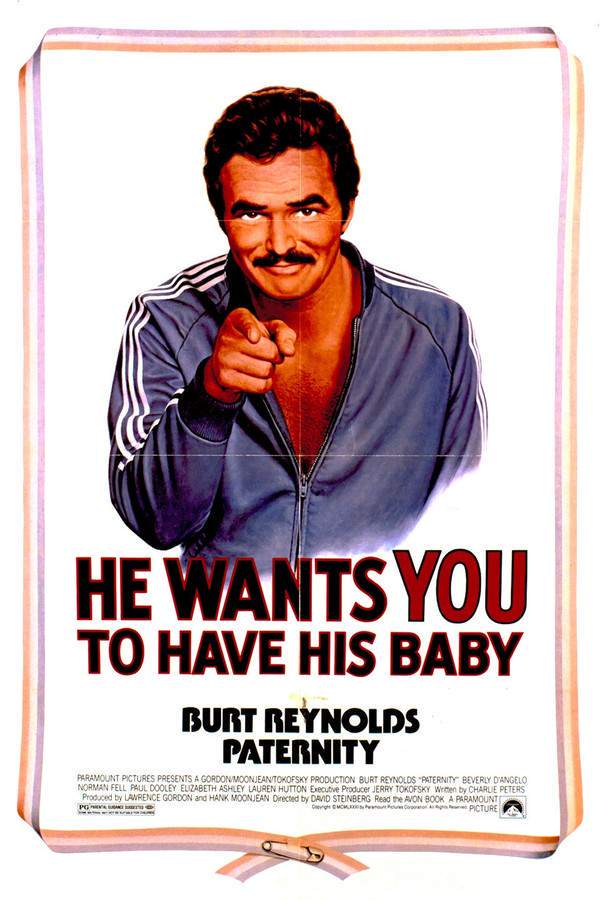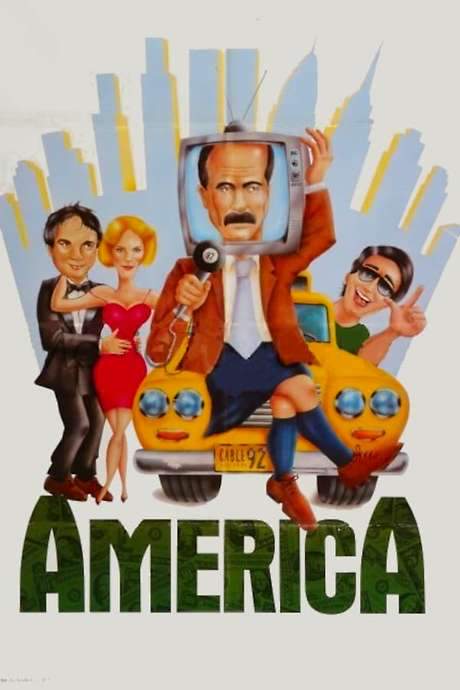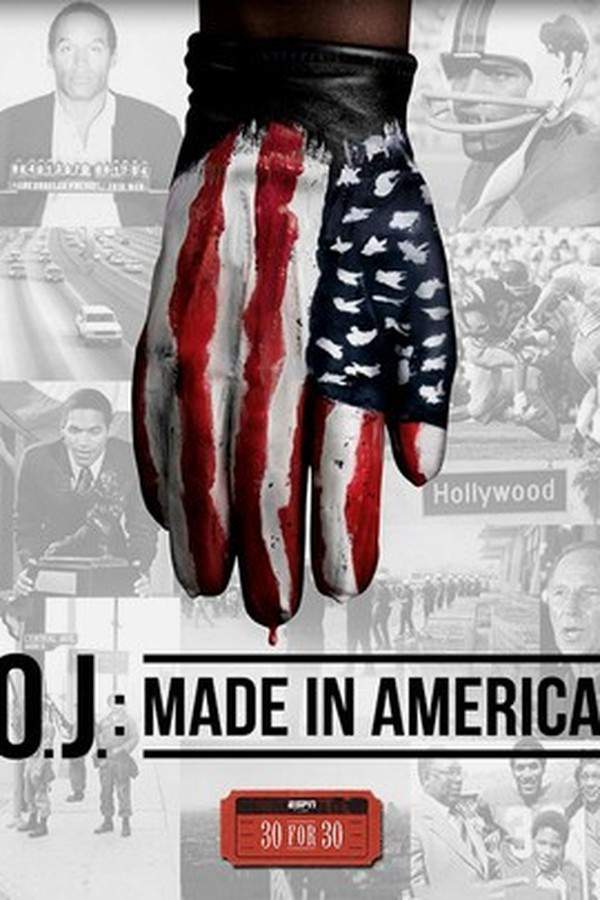
Made in America
Year: 1993
Runtime: 111 min
Language: English
A young African American woman discovers her biological father is not her presumed parent, but a Caucasian sperm donor. This unexpected revelation turns her life into a hilarious and chaotic journey of self-discovery as she navigates family, identity, and relationships in a comedic exploration of race and belonging.
Warning: spoilers below!
Haven’t seen Made in America yet? This summary contains major spoilers. Bookmark the page, watch the movie, and come back for the full breakdown. If you're ready, scroll on and relive the story!
Made in America (1993) – Full Plot Summary & Ending Explained
Read the complete plot breakdown of Made in America (1993), including all key story events, major twists, and the ending explained in detail. Discover what really happened—and what it all means.
Zora Matthews discovers something alarming after a routine blood test: her blood type doesn’t match the combination that could come from either parent she’s been told she has. The mismatch pushes her to confront her mother, Sarah, with the truth she’s uncovered. Sarah reveals a painful secret: she used a sperm donor to become pregnant because she couldn’t conceive with her husband, who Zora believed was her father. This revelation upends Zora’s sense of family and sets off a chain of discoveries that challenge everything she thought she knew.
Driven by curiosity, Zora enlists her best friend to help unravel the mystery. Tea Cake accompanies her to a sperm bank, where she slyly sneaks into the records room while Tea Cake pretends to be a donor. Inside the computer, the records reveal a match between her mother and a donor named Halbert Jackson, complete with a social security number. The stakes feel suddenly personal, and Zora’s hunt for the truth becomes a journey toward a possible father-daughter connection she never anticipated.
In a luxury mansion nearby, Halbert Jackson finishes a night with his young girlfriend, Stacy, before heading out to work at Jackson’s Motors. He’s a flamboyant salesman who relishes the spotlight, and his world is as gleaming as it is chaotic. As he backs out of the garage in his pickup, Zora appears in his path, revealing herself and declaring him her father. Her timing couldn’t be more blunt, and Hal’s reaction is a mix of shock, discomfort, and a stubborn resistance to the idea of fatherhood.
Zora’s confrontation with her mother escalates into a larger family confrontation. She and Tea Cake follow Sarah to Hal’s world, but their plans are interrupted when the car salesman’s entourage and distractions pull them away. Sarah, reeling from the revelation, confronts Hal directly about the donor choice she made. The tension between mother and would-be father grows as the two adults navigate jealousy, resentment, and the stubborn grip of pride. A night of high emotion culminates in Hal attempting to smooth things over with gestures that miss the mark and leave Sarah in a vulnerable, drunken state after a tense ride home in his dealership world.
The story expands beyond the living room into a shop called African Queen, a hub for black authors that holds photographs and memories of Zora’s life, including pictures of Zora’s late father Charles, whom Zora had believed to be her dad. The upstairs area appears as a shrine, a private space that hints at a fatherly image Zora is still trying to understand. Hal, watching a moving moment from a film featuring Shirley Temple in The Little Princess, feels a rare pang of emotion about fatherhood and family, revealing a softer side underneath his showman persona.
In a bold, almost surreal moment, Hal hires an Indian elephant to add spectacle to a new advertising push—an audacious move that mirrors his larger-than-life approach to business. The elephant’s romance with chaos spills into the streets, trampling routine and pulling Hal into a new kind of publicity blitz. The animal’s antics, though disruptive, generate unexpected free publicity for the dealership, spurring a sales bonanza the next day. It’s a chaotic display that somehow seems to bring Hal’s world into sharper focus: fame, fortune, and fatherhood are colliding in unpredictable ways.
In a gesture of reconciliation, Hal arrives bearing thoughtful gifts—a new bike bell and a cycling helmet for Zora, and an atlas meant to inspire her to travel the world. His assistant Diego appears, inviting Zora to a date, which nudges Hal to invite Sarah to dinner as well. They share sushi, and the evening grows unexpectedly tender and charged. The night’s possibility lingers even as Zora and Diego return home; Zora feels torn—she longs to meet her father, but she is also wary of her mother’s growing closeness to him.
As time passes, both Hal and Sarah begin to reassess their feelings for each other. A trip to the dealership becomes a heated argument, and an emotional ride away from the city ends with Sarah cycling off in distress. She’s seriously injured when a car runs a red light, a reminder of how fragile life can be. Hal and Zora rush to the hospital to support her, and they donate blood to help in her recovery, sharing quiet, intimate moments by her bedside as she heals.
Stacy breaks things off with Hal, tired of the nonstop drama and late-night absences. A medic’s remark during a routine check reveals a crucial truth: a blood test shows that Hal cannot be Zora’s biological father. The news sinks in, and Hal sits down with Sarah and Zora to share the discovery. The revelation shatters the immediate certainty of paternity, and Zora runs off, grappling with the dual loyalties of love and truth. Hal offers a heartfelt apology as the family absorbs the new reality.
As the school year ends, Zora and Tea Cake graduate with a bright future ahead. She earns a Westinghouse scholarship to MIT, a testament to her intelligence and determination. In her commencement speech, Zora gives her mother credit for guiding her and shaping who she is, a moment of grace that reframes the family’s journey. Hal attends the graduation, stepping into a paternal role with renewed resolve, and he helps Sarah up the steps, standing beside her as Zora thanks both parents for their influence in her life. The story closes on a note of reconciliation and hopeful possibility, with a girl who has learned to navigate the complexities of family, identity, and belonging, guided by two adults who, in their own ways, chose to fight for her future.
Last Updated: October 09, 2025 at 15:36
Explore Movie Threads
Discover curated groups of movies connected by mood, themes, and story style. Browse collections built around emotion, atmosphere, and narrative focus to easily find films that match what you feel like watching right now.
Comedies about family secrets like Made in America
Lighthearted comedies that shake up family identity with surprising discoveries.If you enjoyed the humorous chaos of discovering a family secret in Made in America, you'll like these movies. This list features comedies where paternity, long-lost relatives, or hidden truths turn family life upside down in a lighthearted, heartwarming way.
Narrative Summary
These stories typically begin with a protagonist's stable life being disrupted by an unexpected revelation about their family or identity. The plot follows their humorous and often awkward investigation, leading to confrontations, personal growth, and a heartwarming resolution that strengthens or redefines their sense of family.
Why These Movies?
These films are grouped together because they share a core narrative of familial discovery handled with comedy. They balance emotional topics like identity and belonging with a light tone, steady pacing, and a focus on uplifting, humorous interactions rather than heavy drama.
Quirky self-discovery comedies like Made in America
Charming stories about finding yourself through unexpected and humorous adventures.Fans of Zora's humorous journey in Made in America will enjoy these movies about self-discovery. These stories feature protagonists on a quest to find their place in the world, filled with quirky encounters, light chaos, and an ultimately uplifting message.
Narrative Summary
The narrative follows a protagonist, often at a transitional life stage, who embarks on a quest to answer a fundamental question about their identity. The path is not solemn but filled with humorous obstacles, eccentric supporting characters, and chaotic situations that ultimately lead to a clearer, happier sense of self.
Why These Movies?
These movies are united by their focus on the theme of self-discovery executed with a comedic and uplifting vibe. They share a steady, character-driven pace, a medium level of intensity centered on personal growth, and a consistent feel-good resolution that leaves the viewer hopeful.
Unlock the Full Story of Made in America
Don't stop at just watching — explore Made in America in full detail. From the complete plot summary and scene-by-scene timeline to character breakdowns, thematic analysis, and a deep dive into the ending — every page helps you truly understand what Made in America is all about. Plus, discover what's next after the movie.
Made in America Timeline
Track the full timeline of Made in America with every major event arranged chronologically. Perfect for decoding non-linear storytelling, flashbacks, or parallel narratives with a clear scene-by-scene breakdown.

Characters, Settings & Themes in Made in America
Discover the characters, locations, and core themes that shape Made in America. Get insights into symbolic elements, setting significance, and deeper narrative meaning — ideal for thematic analysis and movie breakdowns.

Made in America Spoiler-Free Summary
Get a quick, spoiler-free overview of Made in America that covers the main plot points and key details without revealing any major twists or spoilers. Perfect for those who want to know what to expect before diving in.

More About Made in America
Visit What's After the Movie to explore more about Made in America: box office results, cast and crew info, production details, post-credit scenes, and external links — all in one place for movie fans and researchers.

Similar Movies to Made in America
Discover movies like Made in America that share similar genres, themes, and storytelling elements. Whether you’re drawn to the atmosphere, character arcs, or plot structure, these curated recommendations will help you explore more films you’ll love.
Explore More About Movie Made in America
Made in America (1993) Scene-by-Scene Movie Timeline
Made in America (1993) Movie Characters, Themes & Settings
Made in America (1993) Spoiler-Free Summary & Key Flow
Movies Like Made in America – Similar Titles You’ll Enjoy
Dinner in America (2022) Spoiler-Packed Plot Recap
In America (2003) Complete Plot Breakdown
American Movie (1999) Film Overview & Timeline
Made for Each Other (2009) Plot Summary & Ending Explained
Made (2001) Movie Recap & Themes
My Baby's Daddy (2004) Ending Explained & Film Insights
American Desi (2001) Full Movie Breakdown
Making Babies (2019) Spoiler-Packed Plot Recap
Paternity (1981) Detailed Story Recap
’Merika (1984) Complete Plot Breakdown
Made in U.S.A. (1987) Spoiler-Packed Plot Recap
America (1986) Spoiler-Packed Plot Recap
American Crude (2008) Full Movie Breakdown
Made in the USA (1993) Full Movie Breakdown
Anywhere USA (2008) Spoiler-Packed Plot Recap

